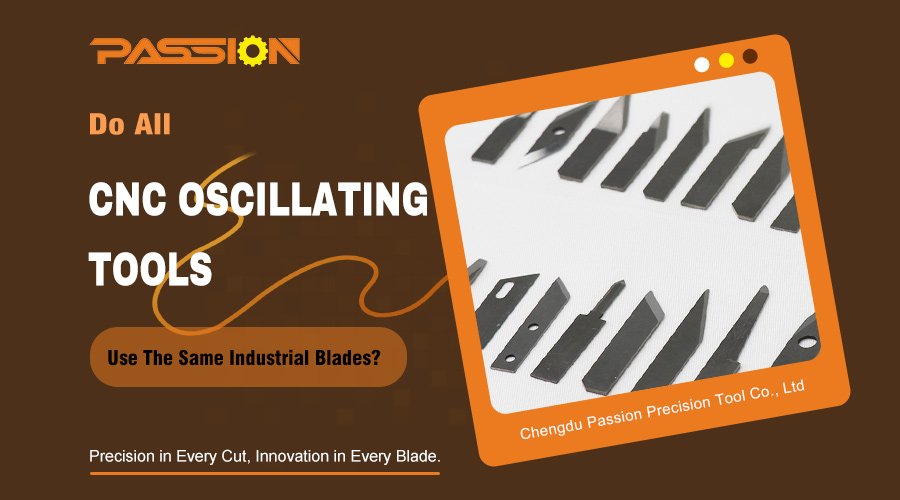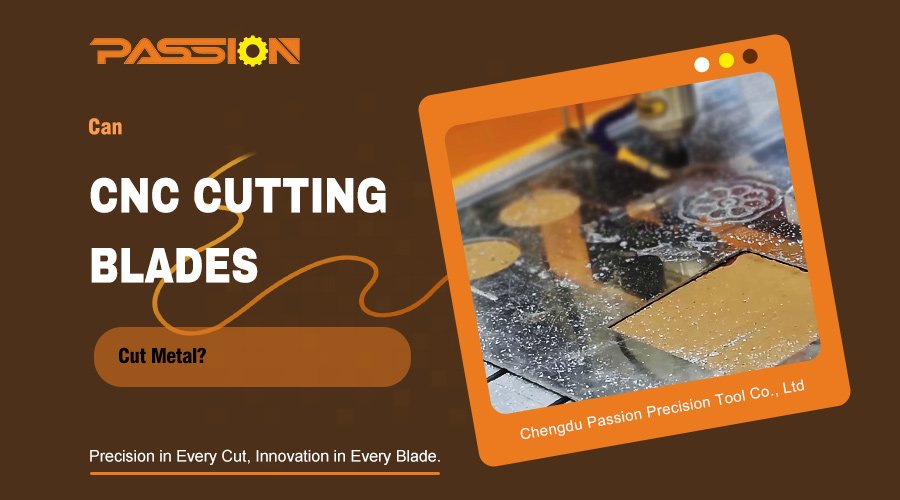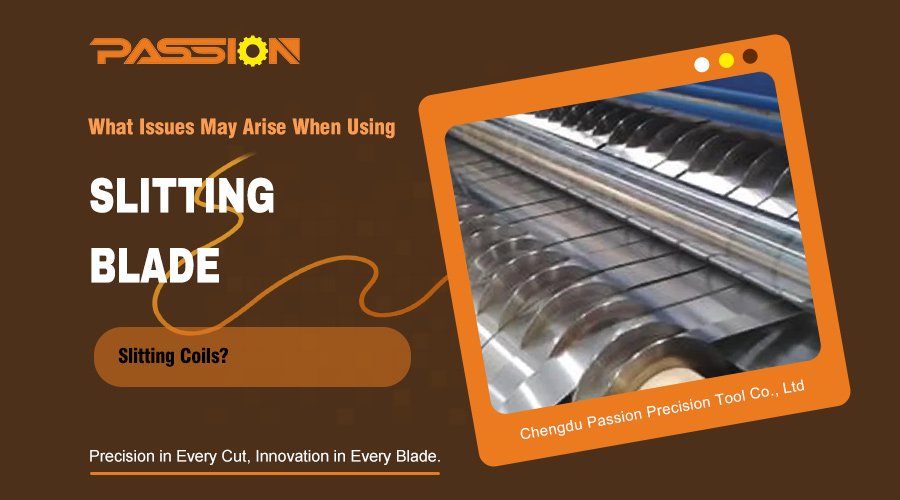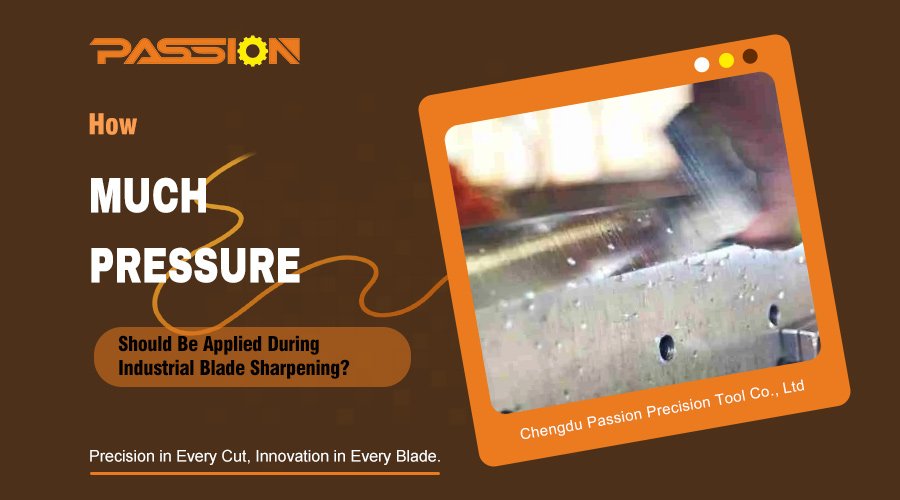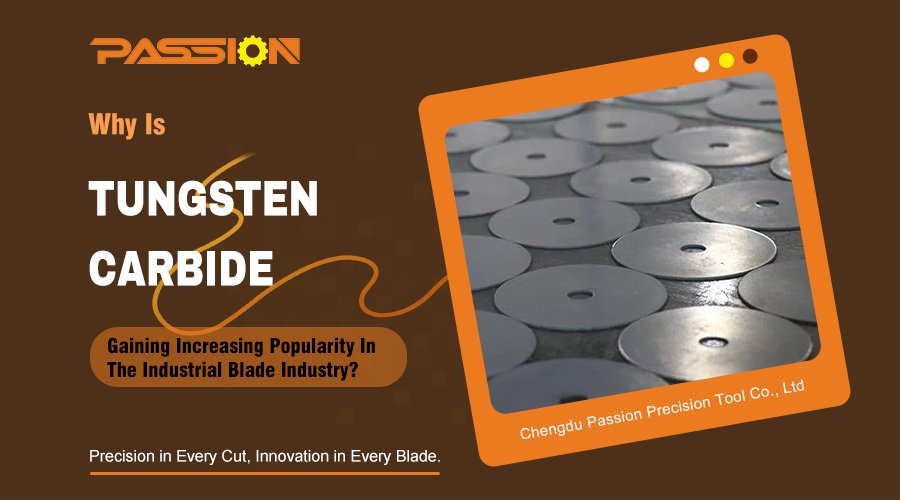In industrial cutting, carbide inserts are a big deal. They help make the cutting process efficient and accurate. But, they can get messed up in a bunch of different ways, and when they do, they don’t work as well or last as long. If you know what to look for, like abrasion wear, thermal wear, and plastic deformation, you can make your carbide tools last longer. In this article, we’ll talk about what causes these problems, what the materials are, and how you can keep them from happening.
Carbide inserts get messed up in a bunch of different ways, like abrasion wear, thermal cracking, and chipping. These damages are caused by continuous cutting operations that generate high heat, mechanical forces and wear. If you know why these things happen and how they’re related, you can pick the right materials, cutting conditions, and protection strategies to make your carbide inserts last longer. You can do things like cut faster, put enough coolant on them, and pick the right grade of insert to keep them from getting messed up.
Now, we’ll talk about each of these things in detail, what causes them, what the materials are, and how you can keep them from happening to your carbide inserts.
Abrasion Wear Occurs Due To Friction Between Insert And Workpiece
Damage Form: Abrasion
Cause: Abrasion wear happens when little pieces of the carbide insert fall off. This can happen when the carbide rubs against hard stuff in the workpiece material or when little pieces of the carbide fall off. This wear happens when the heat from the rubbing isn’t too high, and the material doesn’t get hot and squishy, it just wears away a little bit at a time.
Related Properties and Composition:
Hardness: The harder the carbide, the better it is at not wearing out.
Compressive Strength: If the carbide can take a lot of pushing, it won’t wear out as fast.
WC (Carbide) Particle Size: If the little pieces of carbide are smaller, it’s harder for the workpiece to wear them out.
Co Content: Cobalt (Co) is important for toughness. The more cobalt, the better the carbide can resist wear.
Protection Measures:
Pick a carbide grade that’s made to be as hard as the workpiece.
Cut the workpiece at the right speed and push on it the right amount so it doesn’t get too hot.
Put the right stuff on the carbide so it doesn’t get too hot when you cut.
Thermal Wear Occurs At High Cutting Temperatures
Damage Form: Abrasion
Cause: Thermal wear is when the carbide gets really hot from the cutting process or from rubbing on the workpiece. This makes the carbide weaker and more likely to wear out. Over time, the heat makes the carbide fall apart faster.
Related Properties and Composition:
Hardness: The carbide gets softer when it gets hot.
Compressive Strength: The carbide can’t take as much pushing when it gets hot.
Thermal Conductivity: If the carbide can get rid of the heat, it won’t wear out as fast.
Co Content: More cobalt makes the carbide tougher and helps it resist thermal wear.
TiC and TaC Content: Titanium carbide (TiC) and tantalum carbide (TaC) make the carbide better at resisting heat and lasting longer when it gets hot.
Protection Measures:
Put the right stuff on the carbide so it doesn’t get too hot when you cut.
Pick a carbide grade that’s made to be as hard as the workpiece when it gets hot.
Cut the workpiece at the right speed and push on it the right amount so it doesn’t get too hot.
Chip Tumor Accumulation Results From Friction Under High Pressure
Damage Pattern: Abrasion, Crescent Pits, Small Chips
Cause: Under high pressure, friction between the carbide insert and the workpiece material can lead to localized attachment. When the workpiece material’s strength exceeds the bonding strength of the carbide alloy, small chips or debris may detach, causing surface abrasion and fragmentation. This is often referred to as chip tumor accumulation.
Related Properties and Composition:
Hardness: Higher hardness of the carbide allows for better resistance to the attachment of chip tumors.
Compressive Strength: Carbides with higher compressive strength are less likely to allow material adhesion.
Toughness: Tougher materials resist fragmentation, reducing the occurrence of chip tumors.
Co Content: Cobalt content is key to toughness and helps resist chip detachment.
Protection Measures:
Select inserts with optimal hardness and toughness for the workpiece material.
Increase coolant flow to reduce friction and material attachment.
Optimize the cutting parameters to reduce pressure buildup.
Bond Diffusion Leads To Crescent Pits
Damage Pattern: Crescent Pits
Cause: At high temperatures and pressures, bond diffusion occurs when the insert’s alloy material reacts with the workpiece material. This leads to deterioration of the carbide’s bonding structure, creating crescent-shaped pits on the cutting surface. This form of damage accelerates wear and reduces cutting performance.
Related Properties and Composition:
TiC and TaC Content: These carbides enhance wear resistance and reduce the effects of bond diffusion.
Co Content: Cobalt is involved in the bonding process and influences the strength of the carbide.
WC Particle Size: Finer WC particles reduce bond diffusion and improve wear resistance.
Protection Measures:
Use inserts with higher TiC and TaC content for improved resistance to bond diffusion.
Reduce cutting temperatures by optimizing cooling and cutting conditions.
Choose a carbide grade with a finer WC particle size to minimize damage.
Plastic Deformation Occurs Due To High Temperature Or Force
Damage Pattern: Deformation, Concave, Protrusion, Chipping, Wear
Cause: Plastic deformation occurs when the carbide insert is subjected to high temperatures or forces that exceed the material’s elastic limit. This deformation leads to changes in the shape of the cutting edge, such as concavity or protrusions, which can eventually result in chipping or cracking.
Related Properties and Composition:
Hardness: High hardness helps resist deformation.
Compressive Strength: A strong carbide insert resists deformation under load.
Elastic Limit: The higher the elastic limit, the better the insert can resist excessive force without deforming.
Toughness: Inserts with high toughness are more resistant to plastic deformation.
Co Content: Cobalt improves the toughness of carbide and helps resist deformation.
Protection Measures:
Use cutting parameters that avoid excessive forces on the insert.
Employ cooling methods to reduce temperature-induced deformation.
Select inserts with a high cobalt content for improved toughness and deformation resistance.
Chipping Cracks Due To Internal Deformation And Mechanical Impact
Damage Form: Cracking, Chipping, Chipped Edges
Cause: Chipping occurs due to internal deformation caused by mechanical impact or repeated stress cycles. When carbide inserts experience plastic deformation or fatigue from repeated stresses, cracks can form, leading to chipping or edge breakage. Exceeding the critical strength of the carbide leads to local collapse and significant damage.
Related Properties and Composition:
Toughness: Carbides with lower toughness are more prone to cracking and chipping.
Tensile Strength: High tensile strength reduces the likelihood of crack propagation under mechanical stresses.
Impact Resistance: Carbide inserts with higher impact resistance are less likely to chip.
Co Content: Cobalt improves toughness and helps prevent cracking under mechanical stress.
WC Particle Size: Finer particles can improve toughness and reduce chipping.
Protection Measures:
Choose inserts with high toughness and impact resistance for applications subject to mechanical stress.
Optimize the cutting speed and feed rate to avoid excessive forces.
Regularly inspect inserts for micro-cracks and replace them as necessary.
Thermal Cracking Occurs Due To Thermal Shock
Damage Form: Cracking, Chipping
Cause: Thermal cracking is caused by rapid temperature changes, such as thermal shock when a hot insert suddenly cools, or localized heating causing uneven expansion. These temperature fluctuations induce stress, leading to the formation of cracks or the chipping of the carbide.
Related Properties and Composition:
Toughness: Inserts with high toughness are more resistant to thermal shock.
Thermal Expansion: Materials with lower thermal expansion coefficients are less prone to cracking.
Thermal Conductivity: High thermal conductivity helps dissipate heat, preventing overheating.
TiC, TaC, and Co Content: These carbides improve resistance to thermal cracking by enhancing heat resistance.
Protection Measures:
Avoid rapid cooling of hot inserts by controlling the coolant application.
Use carbide grades with high thermal conductivity and toughness.
Optimize cutting conditions to maintain a steady temperature and avoid thermal shock.
Carbide inserts face various damage types, including abrasion wear, thermal cracking, and chipping. Understanding the causes and material properties involved allows manufacturers to optimize tool selection and cutting conditions to minimize wear and extend the life of carbide inserts. By implementing the right protection measures, such as controlling temperature, adjusting cutting parameters, and selecting suitable carbide grades, the performance of industrial blades can be significantly improved.
For more information on blade maintenance, you can refer to this article “10 Things You Need To Know About Industrial Blade Maintenance”.


